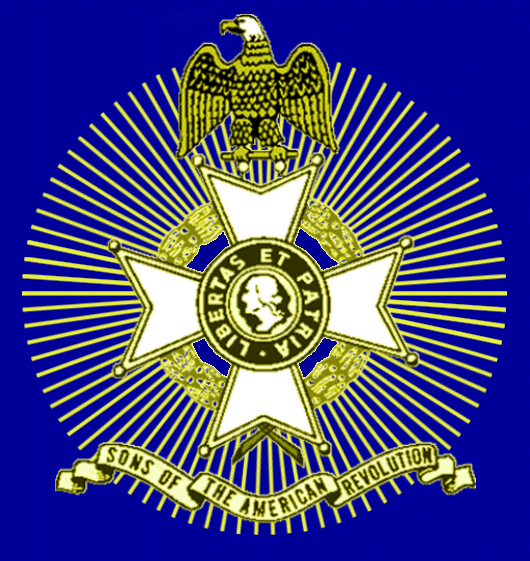The Life and Times of Physician-General William Brown
By John D. Sinks, Fairfax Resolves Chapter, Sons of the American Revolution
17 December 1999
William Brown was born into the Maryland gentry. His father was the Rev. Richard Gustavus Brown of Port Tobacco, Md. From his tombstone, we can calculate his birth to be in the year 1748 or ’49. According to Medical Men in the American Revolution, he was born in 1752 when the family was visiting relatives in Heddington, Scotland. He studied at the University of Edinburgh where he was awarded the degree of M.D. in 1770. He married Catherine Scott, daughter of the Rev. James Scott.
William Brown was active in resistance to British tyranny before the outbreak of war. In 1774 he as a member of the Fairfax Co. Committee for Safety. We do not know the date he began his service in the army, but it was by 9 Dec. 1775 when Col. William Woodford, commanding the 2nd Virginia Regiment, wrote from Great Bridge to the President of the Virginia Convention in Williamsburg. He said,
we are now under Arms expecting another Attack. Please forward Doctr. Brown’s Chest of Medicines & Baggage down.
William Brown continued as Surgeon of the 2nd Virginia Regiment into 1776, when he became Assistant Surgeon of the Flying Camp. On 13 May, 1777 he was appointed Surgeon General of the Hospital, Middle Department. He continued in this capacity until 6 Feb. 1778, when he was appointed Physician and Director General of Hospital. In 1778 he published the first pharmacopeia published in the United States, Fomulary of Simple Yet Efficacious Remedies. This work explained 84 internal medications and 16 surgical or external medications and was undoubtedly used by many military surgeons who did not have the advantage of university training. William Brown resigned from the army on 21 July 1780. The Continental Congress took note of his departure from service:
Resolved, that Congress entertains a high opinion of the ability, integrity and past services of Dr. Wm. Brown, Physician-General, but as circumstances will no longer permit his continuance in the service, his resignation is accepted.
After the Revolution William Brown was active in the community. In 1782 was elected vestryman of Christ Church. He purchased portions of lots 65 and 66 at Prince and Fairfax in 1783. (When Alexandria was laid out, lots were ˝ block.) He was the president of the trustees of the Alexandria Academy and secured George Washington’s support for that institution. He was physician of the St. Andrews Society and an original member of the Society of Cincinnati.
William Brown died on 11 Jan. 1792. According to his tombstone, he was in the 44th year of his age. He as laid to rest at Preston Plantation at the mouth of Four Mile Run. Preston was the seat of Charles and Frances Alexander, and Frances was his sister. In 1933 the bodies at Preston were reinterred here at Pohick Church. Brown was discovered to have been buried in his Continental uniform with a ribbon of some order on the breast of his uniform. The epitaph on the tombstone speaks well of him:
This tablet is inscribed by his affectionate widow

